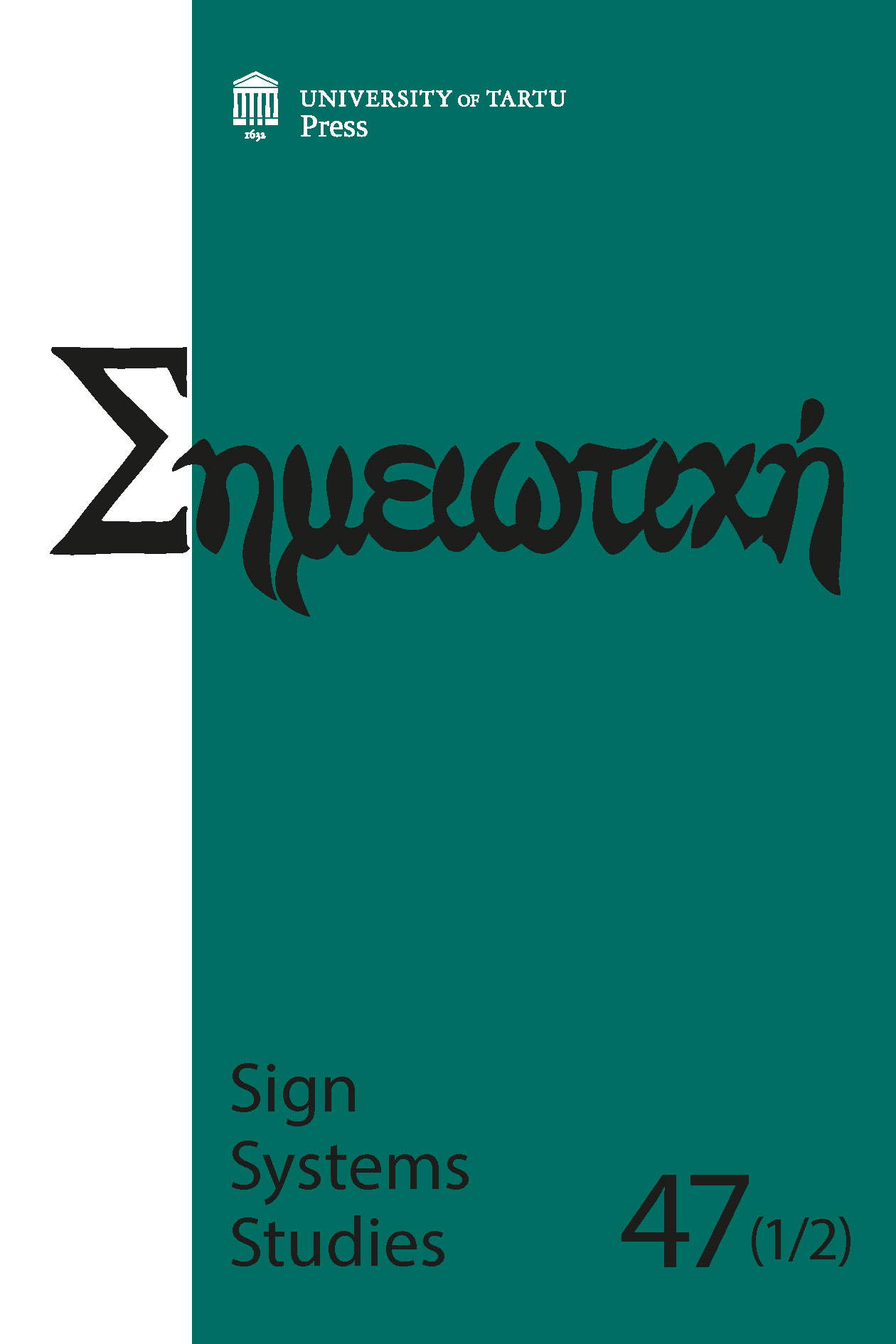Semiotics of threats: Discourse on the vulnerability of the Estonian identity card
DOI:
https://doi.org/10.12697/SSS.2019.47.1-2.05Keywords:
e-threats, cultural semiotics, phobophobia, securitization, security risk, semiotics of fearAbstract
This article analyses various e-threats that were expressed in media texts that focused on e-threat discourses concerning the Estonian identity card’s security risk in 2017. The discourse of cyberthreats contains strong and controversial meanings because the peculiarities of cyberspace remain intangible for average readers who do not possess expert knowledge regarding ICT. The wider aim of the paper is to suggest how the topic of e-threats could be given public coverage without fuelling irrational anxiety and unwarranted threat scenarios. Our theoretical basis combines the frameworks of the Copenhagen School of security studies and ideas of cultural semiotics. We explain the semiotic logic of phobophobia (i.e. the abstract concern with the devastating impacts of the collective feeling of fear) and the discourse of fear that is characterized by a significant reliance on analogies, drawing vague demarcation line between reference objects and the dominance of negative emotional tonality. Our study demonstrates that the main actors of threat and the consequences of the identity card’s security problems were associated with unknown hackers and the damaging of the reputation of Estonia as an e-state.Downloads
Download data is not yet available.
Downloads
Published
2019-08-08
How to Cite
Ventsel, A., & Madisson, M.-L. (2019). Semiotics of threats: Discourse on the vulnerability of the Estonian identity card. Sign Systems Studies, 47(1/2), 126–151. https://doi.org/10.12697/SSS.2019.47.1-2.05
Issue
Section
Articles


